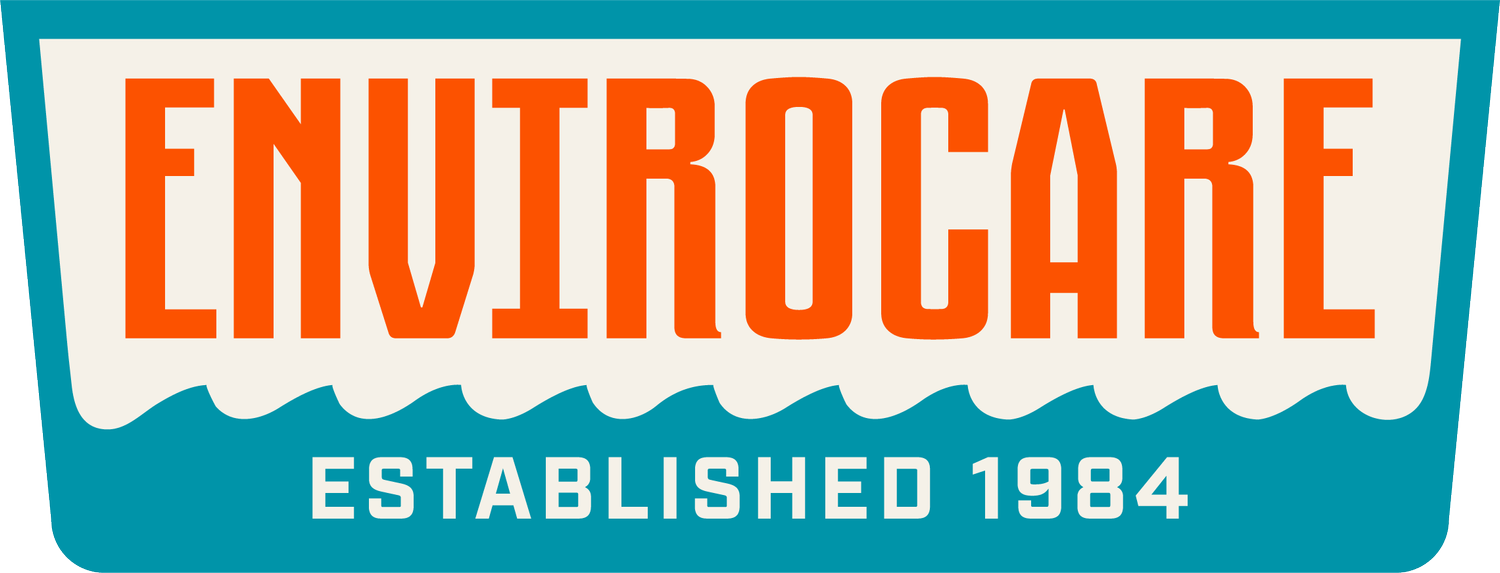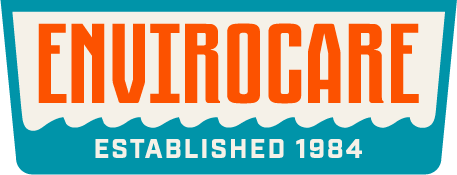Top 7 Ways to Make Hand Sanitation Part of Your Operation
Hand sanitation is more than a buzzword for employee onboarding. It’s an essential part of any business, especially those in the food industry.
Relaxing rules for hand sanitation can lead to sick employees or, worse, sick customers.
Business owners intent on always earning an A+ from the health department need to incorporate hand sanitation into their operations.
The Envirocare team can help you form the perfect plan to ensure hand sanitation in your business is a breeze.
To help you get started, here are the top 7 ways to incorporate hand sanitation into your operation.
Accessibility
What’s the best way to form a new habit?
Make it easy.
Forming new habits is hard, but it gets much easier if your environment encourages the new behavior.
Keeping that in mind, one of the best ways to ensure hand sanitization becomes second nature in your operation is to make hand washing and sanitizing easy to access.
Have a high-traffic area? Add a handwashing station.
Have a food prep area? Add a nearby handwashing station.
Have a break room? You know what to do…
Training
Have you ever seen handwashing instructions and thought, “Who needs that?
It turns out all of us!
Many assume they have clean hands after running them under lukewarm water for 5 or 10 seconds with some soap tossed in.
However, according to the CDC, to wash your hands, you must wet them, lather vigorously for 20 seconds, scrub under your fingernails, rinse well, and then air dry or dry with a clean towel.
Simple things like this must be incorporated into employee onboarding and continued training to ensure proper hand sanitization becomes a natural part of your business.
Touchless Sanitizer Stations
Remember, the easier a new habit, the more likely it is to stick!
We already talked about having handwashing stations in critical areas, but your business can take that ease a step further.
Consider adding a touchless sanitizer station for areas where a handwashing station is not practical, such as next to a touchscreen menu system in a restaurant.
While it is true that hand sanitizer isn’t as effective as hand washing, it is still better than nothing at all.
Visual Reminders
Have you ever stuck a post-it note somewhere you knew you would see it the next day as a reminder?
Visual reminders are powerful tools and a great way to help ensure proper hand sanitation in your operation.
Place handwashing instructions and reminders at every station and near high-traffic areas such as entrances and exits.
A simple “employees must wash hands before returning to work” sign in the bathroom can ensure hand sanitation standards are met.
Handwashing Breaks
Everyone loves break time at work, so why not make your business love them, too?
Incorporate handwashing into existing breaks to make hand sanitation something your team doesn’t have to consider.
For instance, if employees take a smoke break, they MUST wash their hands before returning to work. The same applies to meal breaks and bathroom breaks. This should be strictly enforced so that it becomes natural to all employees.
You can go a step further and tie handwashing breaks to other routines, like entering or exiting certain areas of your business.
By tying to other breaks and routines, your team can create consistent habits that ensure hand sanitation becomes a natural part of your operation.
PPE and Hand Sanitation
While gloves are appropriate in many businesses, they should not give your team a false sense of security.
While they create a barrier, gloves can spread contamination if improperly used.
Employees should always wash their hands before putting on gloves. Additionally, gloves should be changed any time tasks are changed.
For example, going from a food prep area to taking out the trash? Before resuming work, gloves should be removed, hands should be washed again, and a new pair of gloves should be used.
Remember, gloves are just a tool, not a replacement for proper hand sanitation.
Clean Environment
A clean environment naturally leads to cleaner hands.
With fewer bacteria to come in contact with, your hand sanitation efforts for your operation will go much further.
Plus, there’s the added benefit of a clean workspace. Clean workspaces have been proven to improve workflow and reduce costs and accidents.
Regularly disinfect high-touch surfaces like lightswitches, doorknobs, and touchscreens.
A consistent cleaning schedule with clearly labeled instructions and responsible parties will ensure a cleaner environment and hands.
Prioritize Hand Sanitation
Prioritizing hand sanitation is a small investment that significantly impacts your business.
By following the seven strategies above, you can create a company culture of cleanliness and keep your employees and customers safe.
If you’re ready to take your hand sanitation practices to the next level, our Envirocare team is here to help.

